For many, the holidays are filled with stories and traditions of the past. Just hearing the song Jingle Bells makes me wonder what it would feel like to go dashing through the snow in a one-horse open sleigh. Or better yet, to ride a sleigh over a historic metal truss bridge. Oh, what fun that would be!
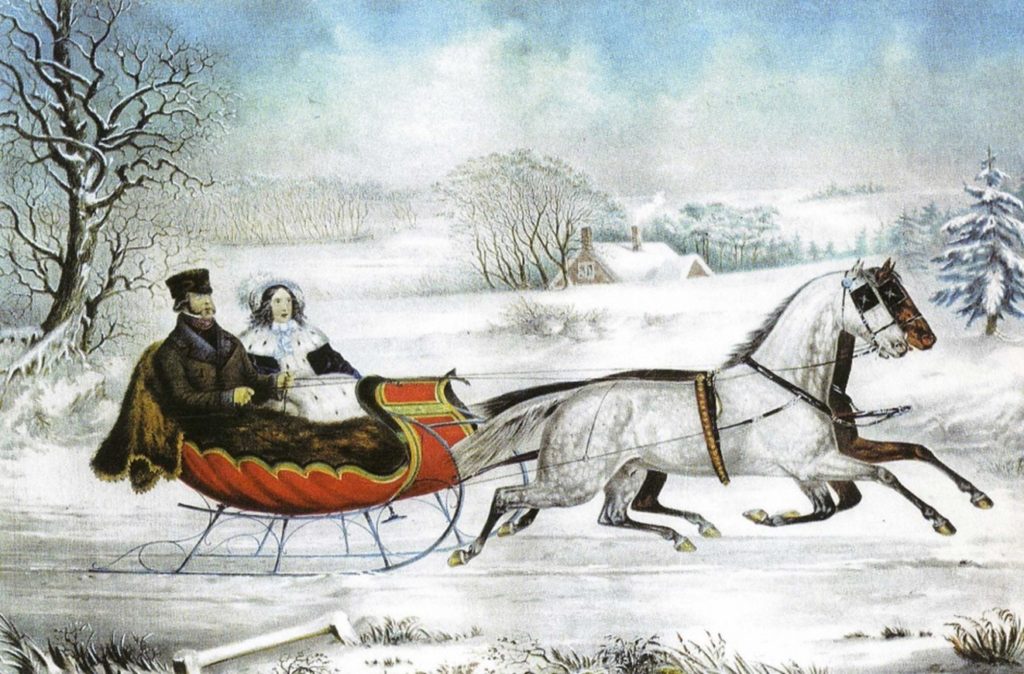
Metal truss bridges are an important part of Pennsylvania’s engineering and technological history and stand as architectural icons to the state’s iron and steel industry. However, the loss of over half of the historic metal truss bridges in Pennsylvania since the 2001 Statewide Historic Bridge Inventory, means these bridges are becoming rare.
Metal truss bridges have character and charm, imbuing special meaning and memories into places. People are attracted to areas that hold a sense of place.
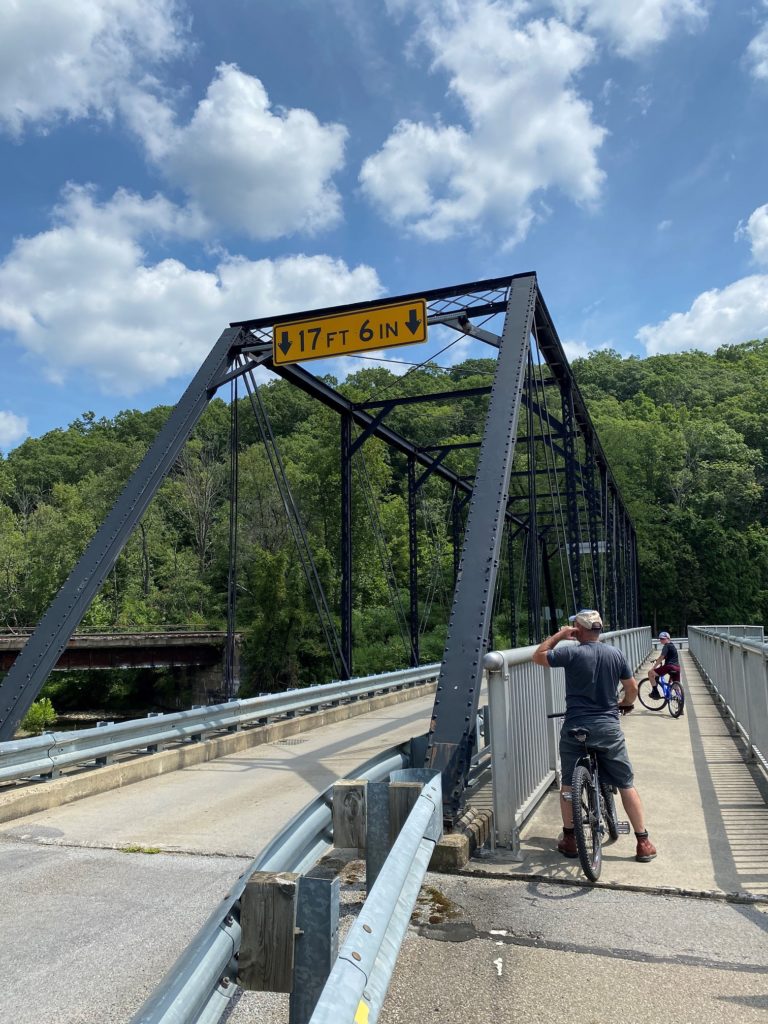
An interesting feature of metal truss bridges is they can be dissembled and moved to a new location. The Pennsylvania Department of Transportation (PennDOT) Bridge Marketing Program aims to preserve metal truss bridges that are unable to meet the needs of a crossing through relocation and adaptive reuse. The bridge can be moved to an otherwise uninteresting place, where it can be appreciated and visited for its character and charm.

Currently PennDOT has several bridges on their marketing website available for reuse. One bridge is unique in that it has been disassembled and is in storage, waiting for a new owner.

For more than 130 years, the Red Mill Bridge stood in Cambria County where Red Mill Road crosses over the North Branch of Black Lick Creek. The ca. 1889 pin connected Pratt through truss is 88 feet long and features unique characteristics typical of bridges built by the Variety Iron Works of Cleveland, Ohio. Red Mill Bridge is eligible for listing in the National Register for its engineering significance.


While Variety Iron Works was not a prolific bridge manufacturer, they were an important early bridge builder whose work represented period thinking and helped chronicle the evolution of metal truss bridges. The Variety Iron Works began by manufacturing boilers and plate and sheet iron around 1868. The firm added a bridge fabrication shop ca. 1888, carving out a regional niche marketing highway bridges from the 1890s through the first decade of the 20th century.
At one time, Cambria County was home to at least 6 other Variety Iron Work metal truss bridges; Red Mill Bridge was the last one. The bridge is one of eight remaining Variety Iron Work bridges in the country.
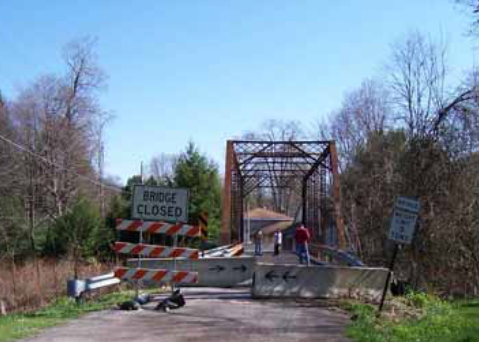
The Red Mill Bridge was closed to vehicular traffic in 2009. In August of 2021, it was discovered that the stone abutments that supported the bridge were failing, and emergency measures were undertaken by Cambria County to keep the bridge from collapsing into the waterway.
The Red Mill Bridge was disassembled, piece by piece, with each bridge component labeled for ease of reassembly. The disassembled bridge has been placed into a secure storage facility and is being actively marketed to identify a new owner and reuse. In addition, a condition assessment report and a rehabilitation cost estimate for the bridge is being prepared which will be useful to potential new bridge owners.
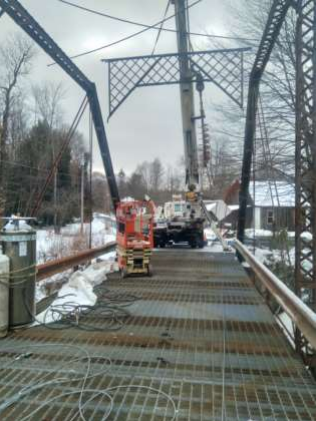
Stored bridges like Red Mill offer several advantages to new owners. The bridge is already disassembled and ready for shipment, saving the cost of disassembly prior to shipment to a new location. If you or your group need time to build abutments or get permits, the bridge can remain in storage until the future site is prepared.
This stored bridge also comes with a conditions assessment and rehabilitation cost estimate, informing the new owner of the extent and nature of necessary repairs, enabling an accurate cost to rehabilitate the bridge to the Secretary of the Interiors Standards.

Imagine Red Mill Bridge becoming a destination spot, enhancing heritage tourism and economic development in your region!
If you or your organization is interested in assuming ownership of the Red Mill Bridge or finding out more about the necessary steps to relocate the structure, please contact Tyra Guyton of the Pennsylvania State Historic Preservation Office at tyguyton@pa.gov or (717) 346-0617 or Veronica Martin of PennDOT at vermartin@pa.gov or (717) 715-1482.
Comment Policy
PHMC welcomes and encourages topic-related comments on this blog. PHMC reserves the right to remove comments that in PHMC’s discretion do not follow participation guidelines.
Commenters and Comments shall be related to the blog post topic and respectful of others who use this site.
Commenters and Comments shall not: use language that is offensive, inflammatory or provocative (this includes, but is not limited to, using profanity, obscene, or vulgar comments); disparage other commenters or people; condone illegal activity; identify the location of known or suspected archeological sites; post personal information in comments such as addresses, phone numbers, e-mail addresses or other contact details, which may relate to you or other individuals; impersonate or falsely claim to represent a person or an organization; make any commercial endorsement or promotion of any product, service or publication.
If you would like to comment on other topics not related to this blog post but related to PHMC, please fill out the PHMC Contact Us Form.
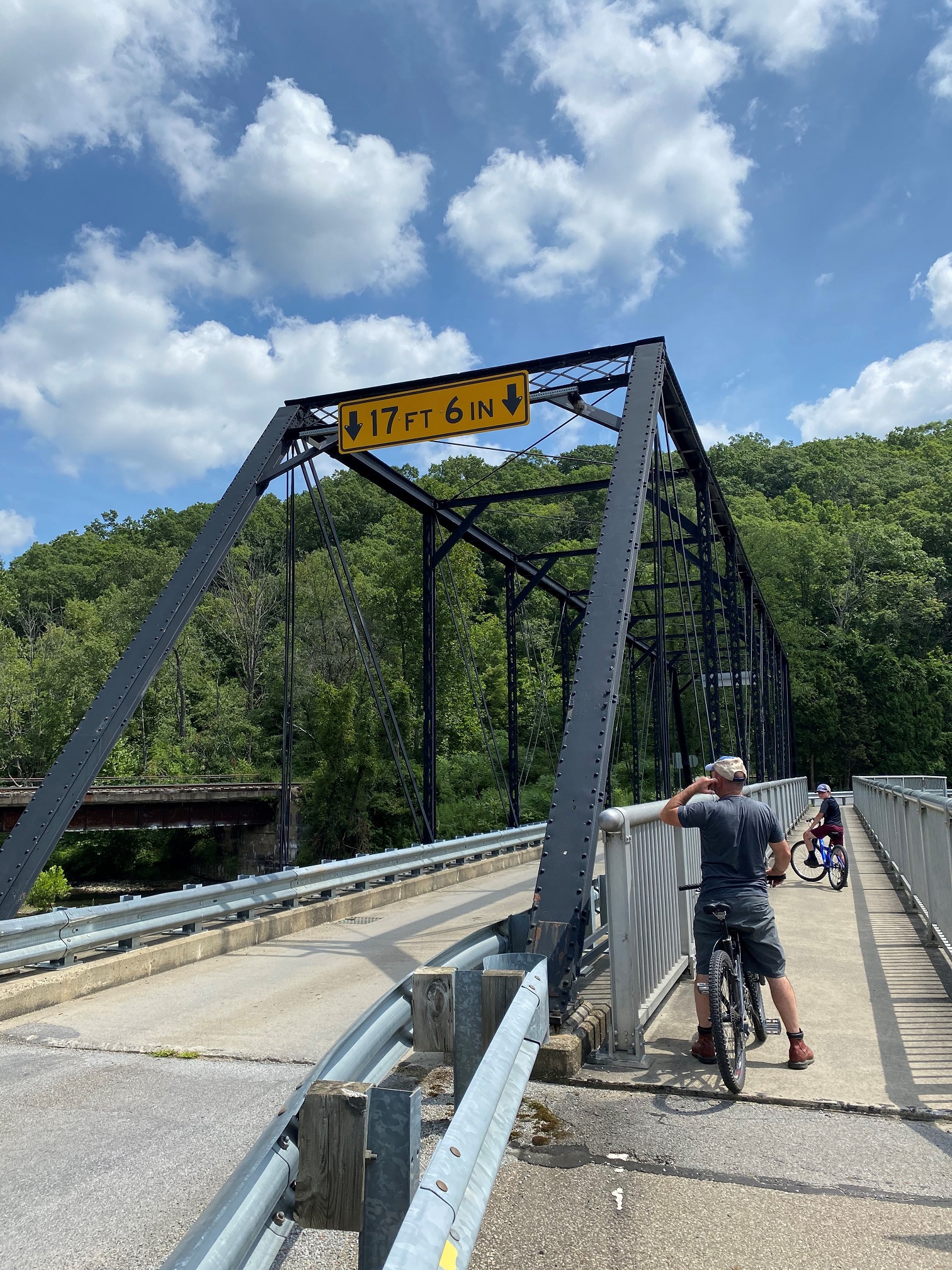
What a wonderful opportunity to grace a forgotten waterway!
I so wish I had the money and the organization to do so.
Best of luck with the purchase of this marvelous bridge.
We need a new bridge for access to our network of trails at Nathan’s Divide. Check our website http://www.nathansdivide.org for general information. Please contact me if Red Mill Bridge could be an asset for our community and projects.